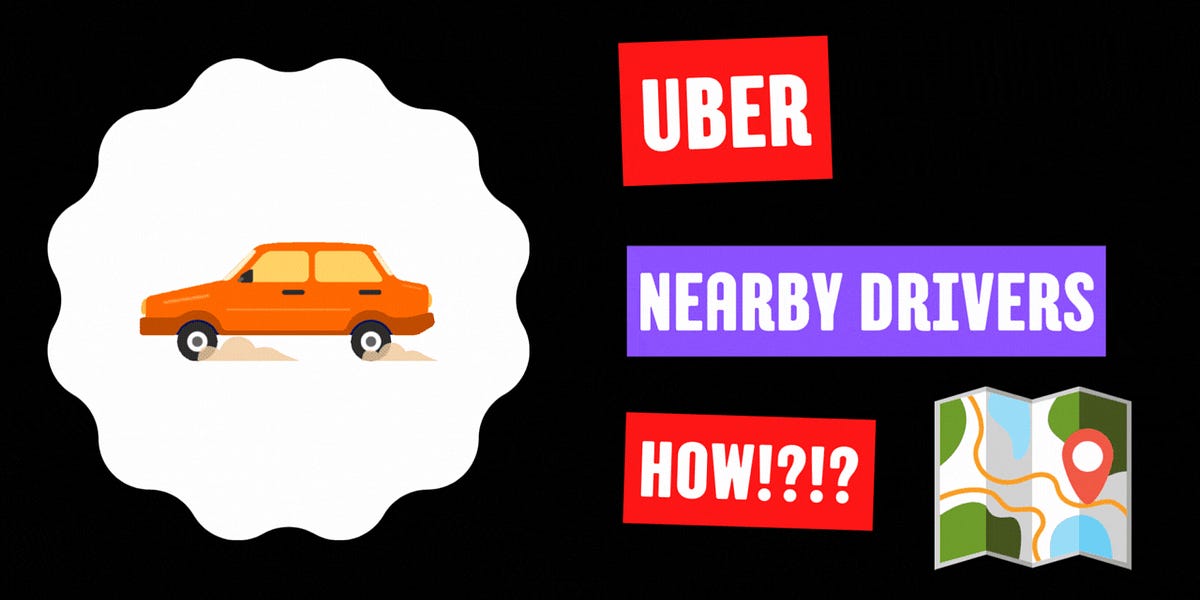How Uber Efficiently Finds Nearby Drivers at 1 Million Requests per Second
Alapfogalmak
Uber efficiently finds nearby drivers by using location indexing, storage, and scalability techniques to handle 1 million requests per second.
Kivonat
Uber's system for finding nearby drivers involves complex location indexing using the H3 library, map matching for accurate driver locations, and scalability through ringpop partitioning. The approach allows Uber to handle 1 million requests per second with precision and efficiency.
How Uber Finds Nearby Drivers at 1 Million Requests per Second
Statisztikák
H3 supports 16 data resolution types.
The H3 library can index an area as small as 1 square meter.
Apache Cassandra is used to store raw locations for long-term durability.
Redis buffers enough data points for map matching.
Ringpop is Uber's consistent hash ring module for distributed coordination.
Idézetek
"Finding nearby drivers with accuracy and scalability is a hard problem."
"H3 divides Earth’s surface into cells on a flat grid, giving each cell a unique identifier with a 64-bit integer."
"They use the cell identifier as the sharding key to partition the H3."
"Map matching transforms raw GPS signals into actual road segments."
"A consistent hash ring lookup forwards a request to the responsible server."
Főbb Kivonatok
by Neo Kim : newsletter.systemdesign.... 02-26-2024
https://newsletter.systemdesign.one/p/how-does-uber-find-nearby-drivers
Mélyebb kérdések
How does Uber ensure data privacy and security in handling driver locations
Uber ensures data privacy and security in handling driver locations through various measures. Firstly, they use encryption techniques to secure the communication between the driver app and the server, ensuring that location data is transmitted securely. Additionally, they implement access controls and authentication mechanisms to restrict unauthorized access to sensitive location information. Furthermore, Uber complies with data protection regulations such as GDPR by anonymizing and aggregating location data for analysis while protecting individual driver identities.
What are potential drawbacks or limitations of using the H3 library for location indexing
While the H3 library offers many advantages for location indexing, there are potential drawbacks or limitations to consider. One limitation is the complexity of managing a hierarchical grid system with multiple resolution levels. This complexity can lead to increased computational overhead when processing large volumes of location data. Additionally, using hexagonal cells may not always align perfectly with real-world geographic boundaries, leading to inaccuracies in determining nearby drivers based on cell divisions. Moreover, maintaining consistency across different resolutions within the grid hierarchy can pose challenges in certain scenarios.
How can other industries benefit from implementing similar scalable systems like Uber's
Other industries can benefit from implementing scalable systems like Uber's by improving operational efficiency and customer experience. For example:
Retail: Retail companies can optimize inventory management by using similar location indexing techniques to track product availability across stores and warehouses.
Healthcare: Healthcare providers can enhance patient care by efficiently locating available medical professionals or resources during emergencies using real-time geospatial data.
Logistics: Logistics companies can streamline delivery routes and fleet management by leveraging scalable systems for dynamic allocation of resources based on changing demand patterns.
By adopting scalable systems inspired by Uber's approach, industries can improve decision-making processes, enhance service delivery capabilities, and ultimately drive business growth through optimized operations.
0
